ITECH2002 - System Modelling Assignment 2: Dynamic Modelling, Design
VerifiedAdded on 2022/11/11
|13
|738
|192
Project
AI Summary
This document presents a comprehensive solution for ITECH2002 Assignment 2, focusing on system modelling. The assignment addresses dynamic modelling, screen design, and test plans for a customer support and return subsystem. The solution includes the identification of system and subsystems, detailing functionalities like capturing and reviewing escalations, processing customer requests, and managing replacements/refunds. Two complex use cases are described, along with their extended use case descriptions, activity diagrams, and system sequence diagrams. The document also features screen prototypes created using InVision and associated test plans, providing a practical application of the concepts. The references cited support the methodologies and approaches used in the assignment. The assignment covers key aspects of software engineering and system analysis, providing a practical approach to system modelling and design.
1 out of 13
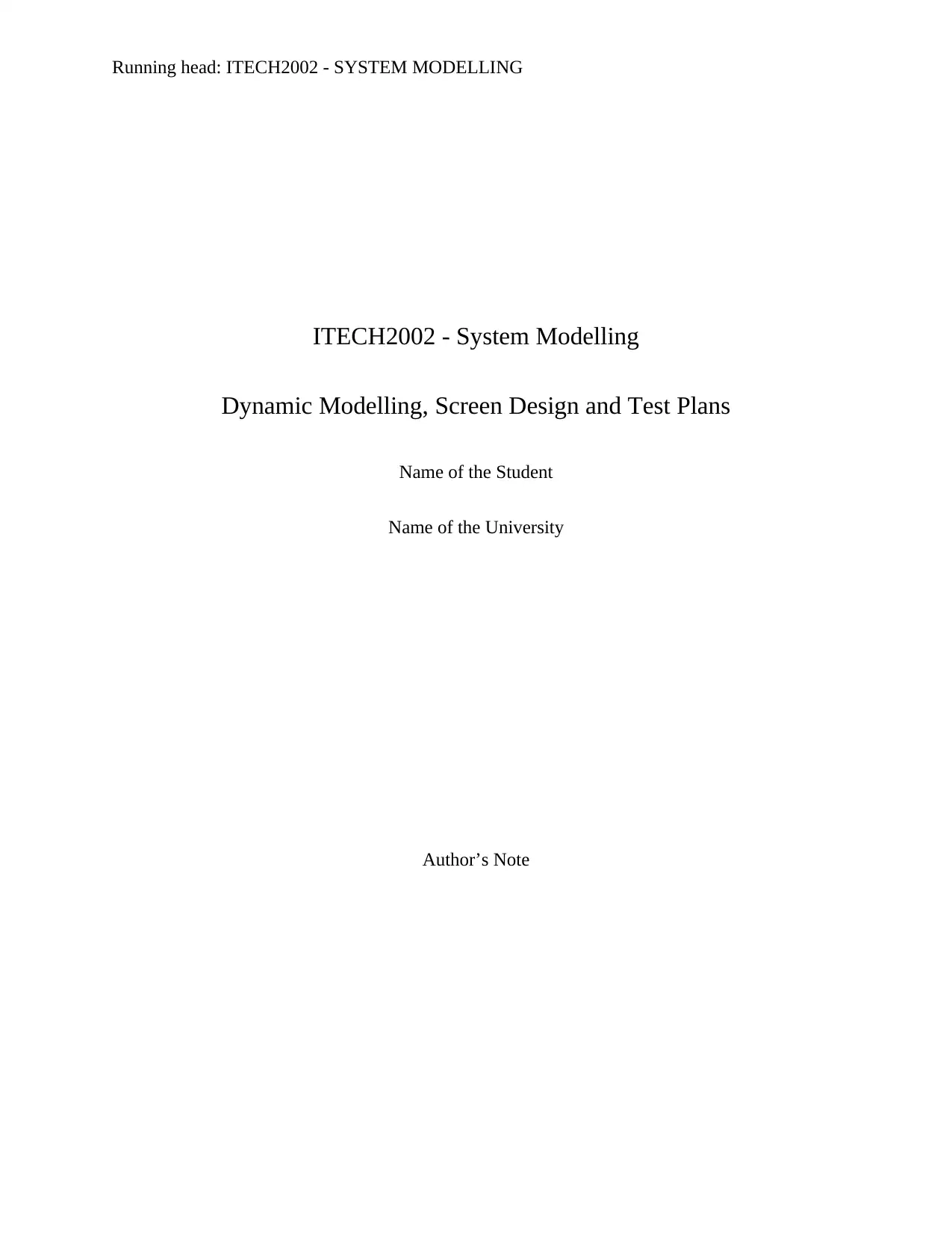
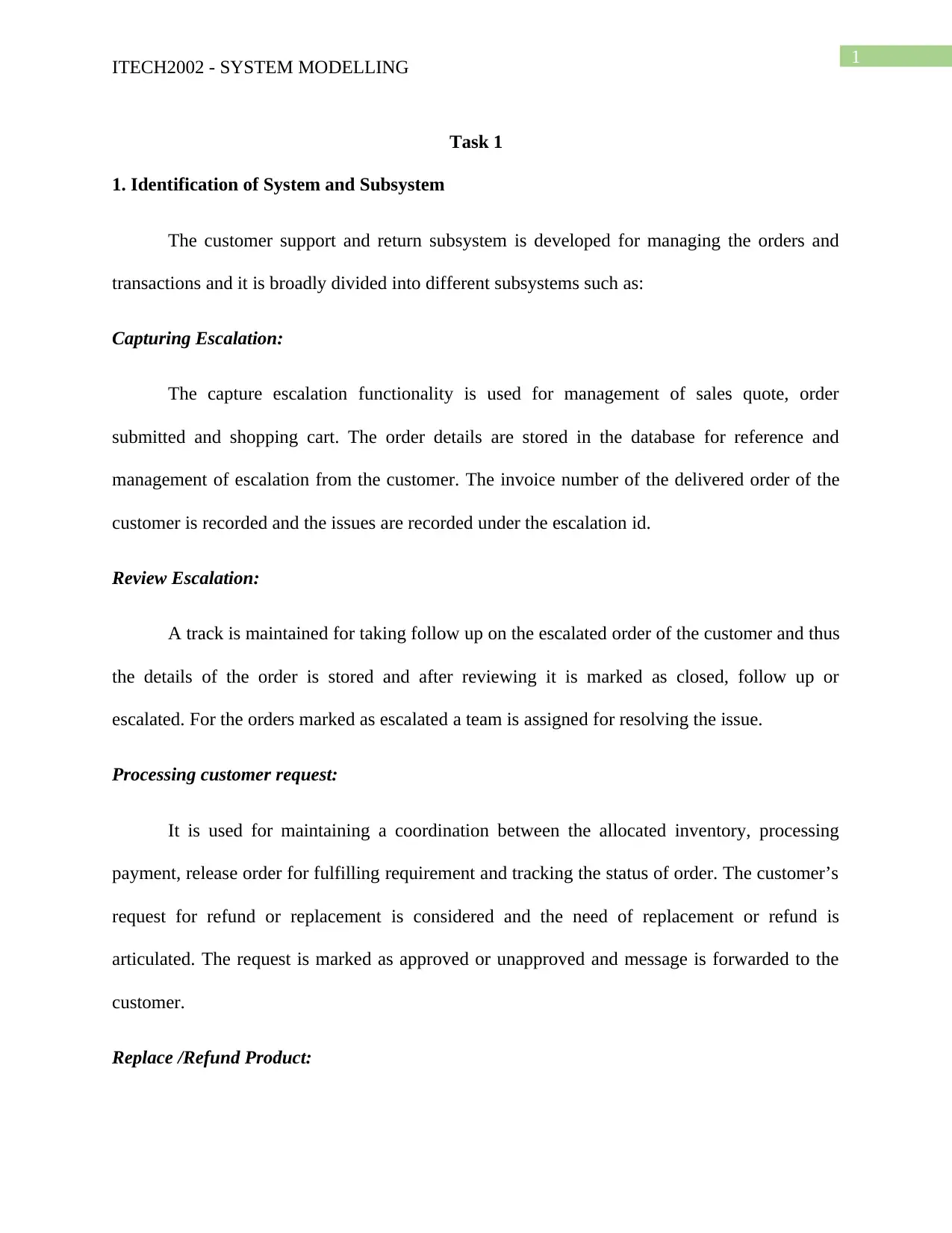
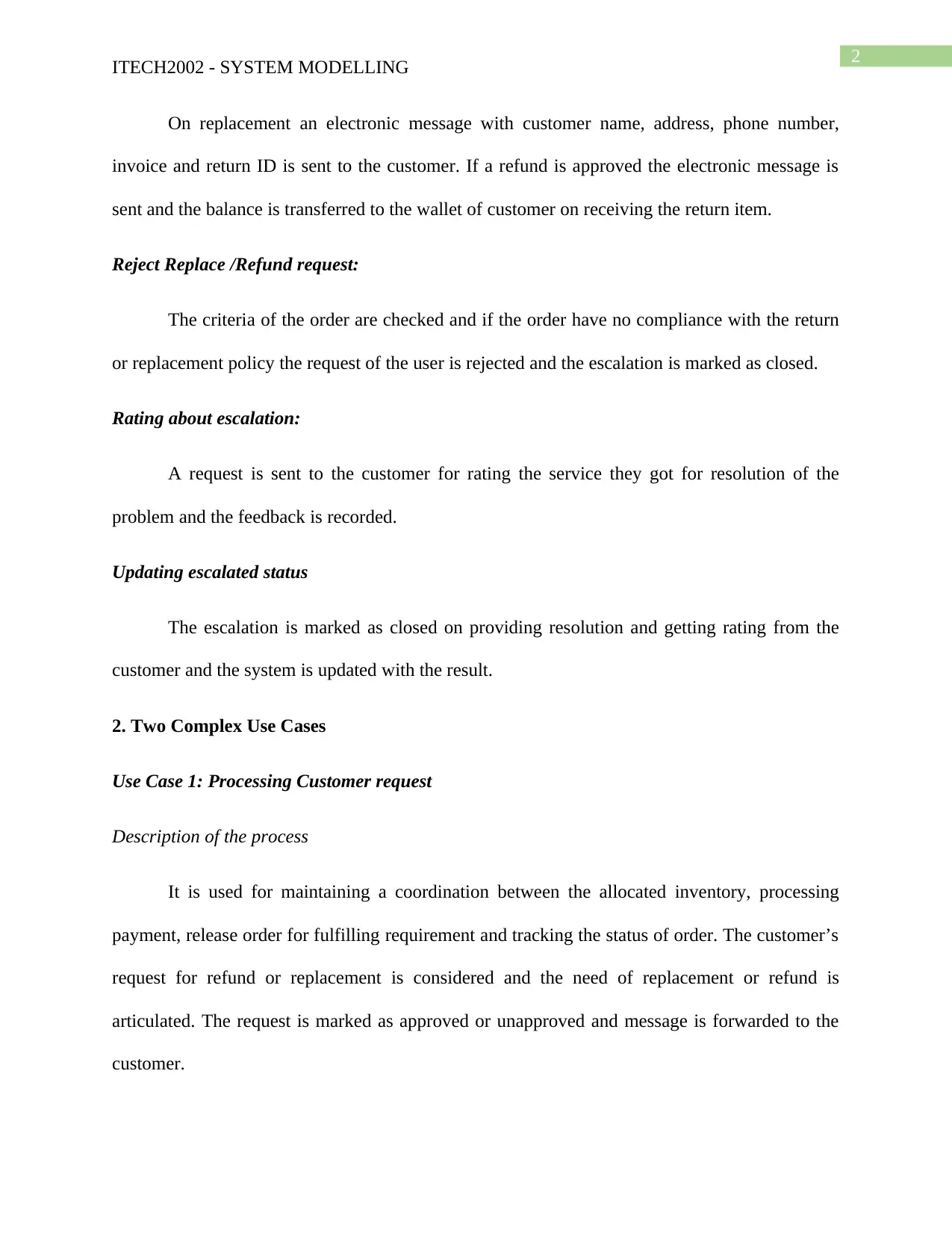

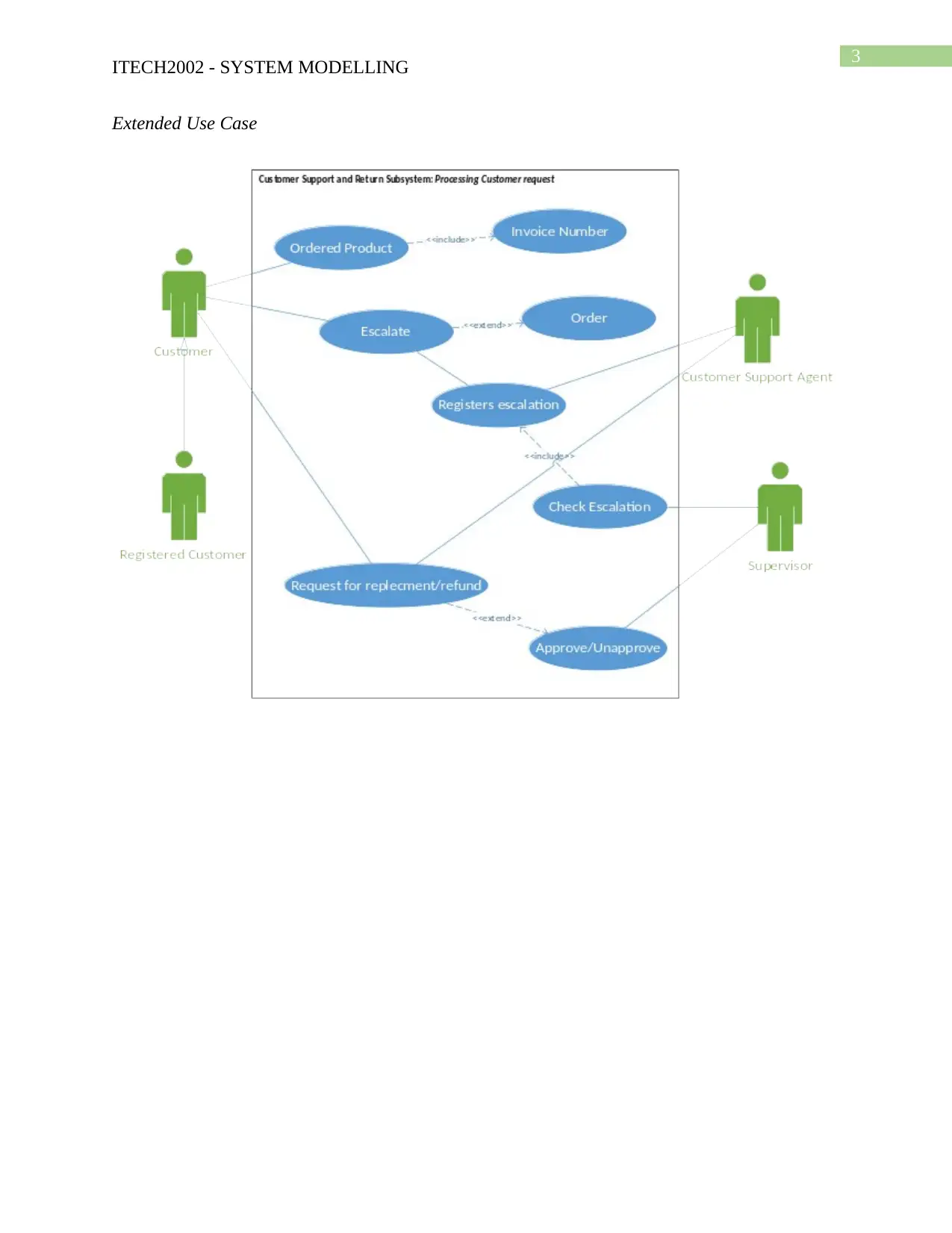
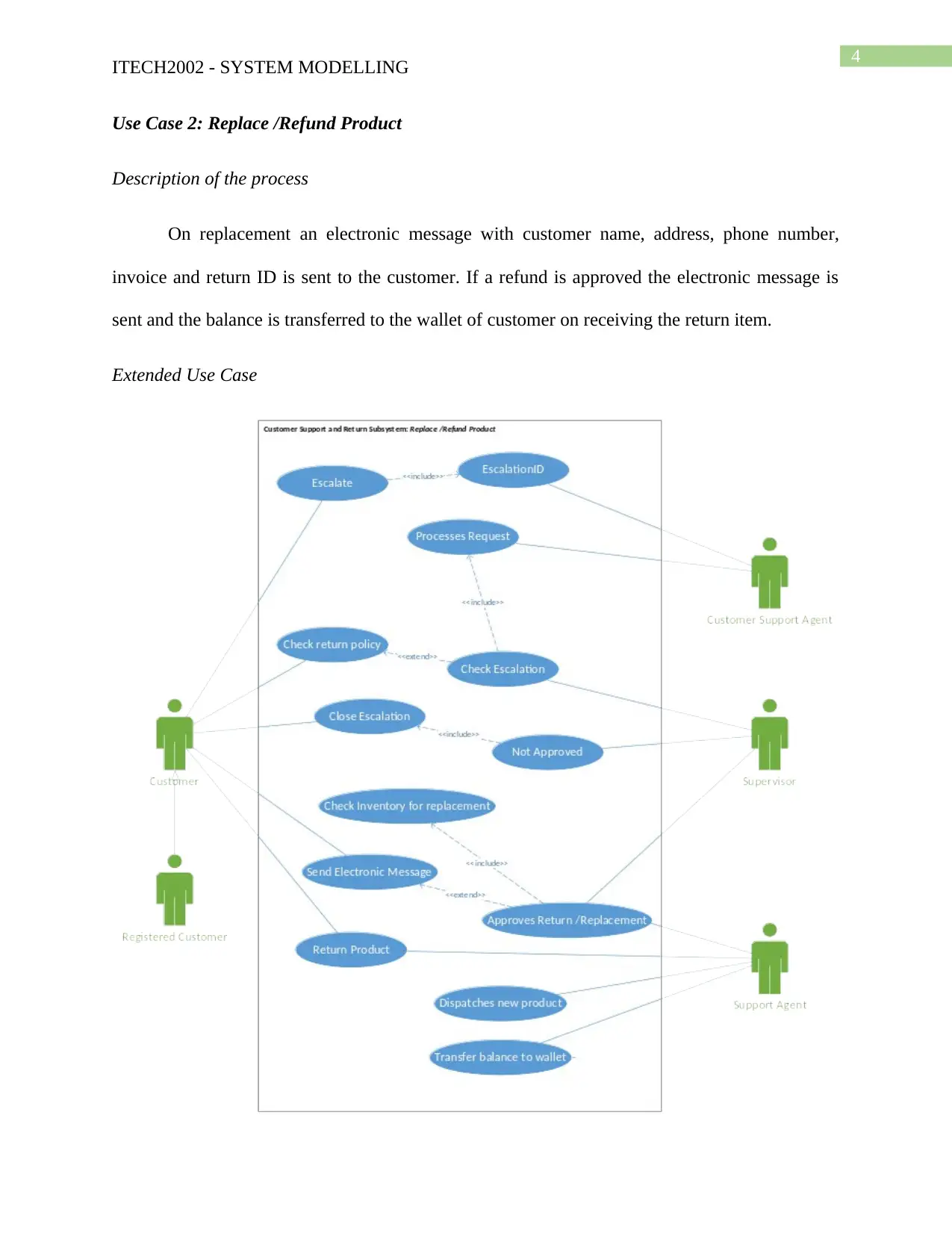
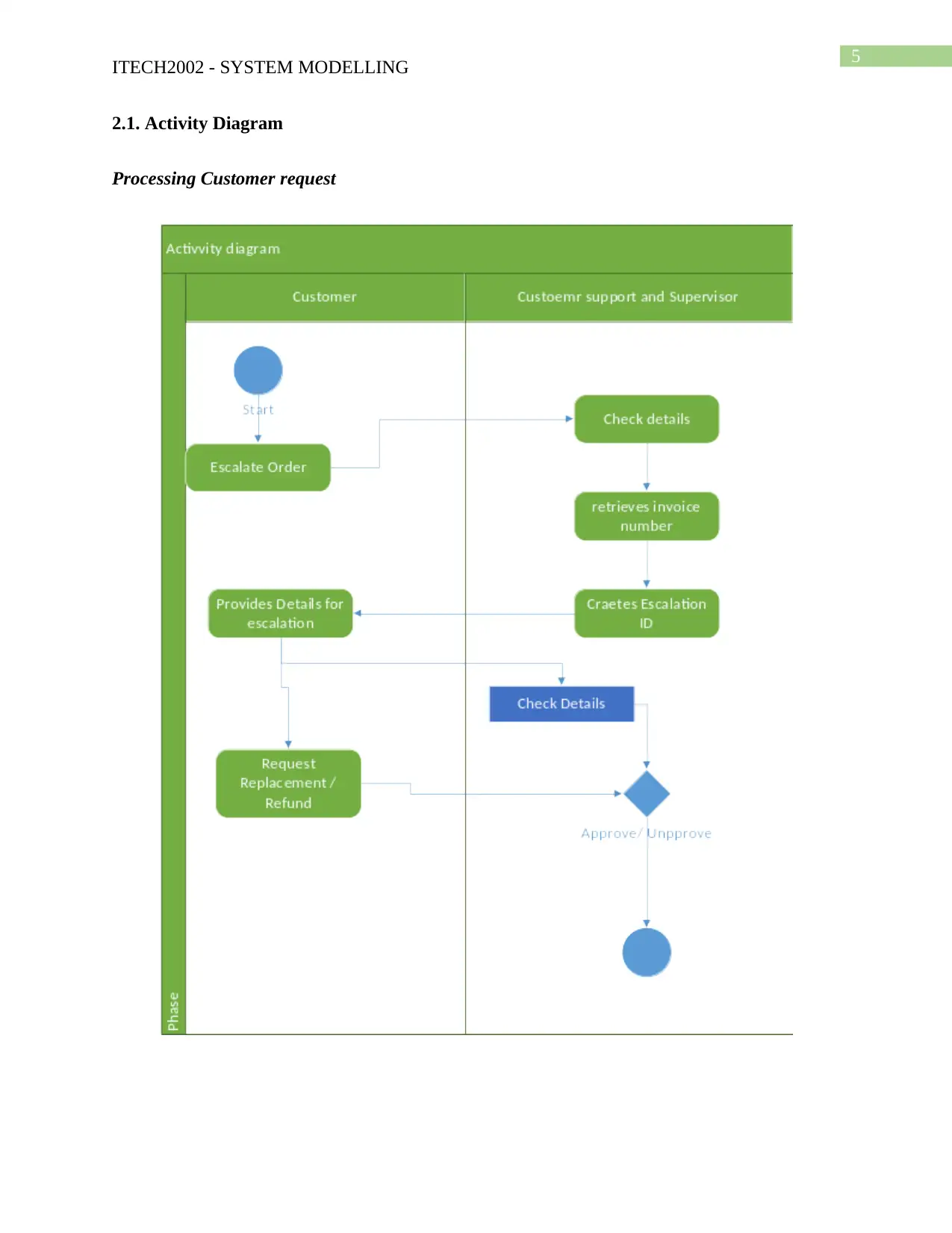
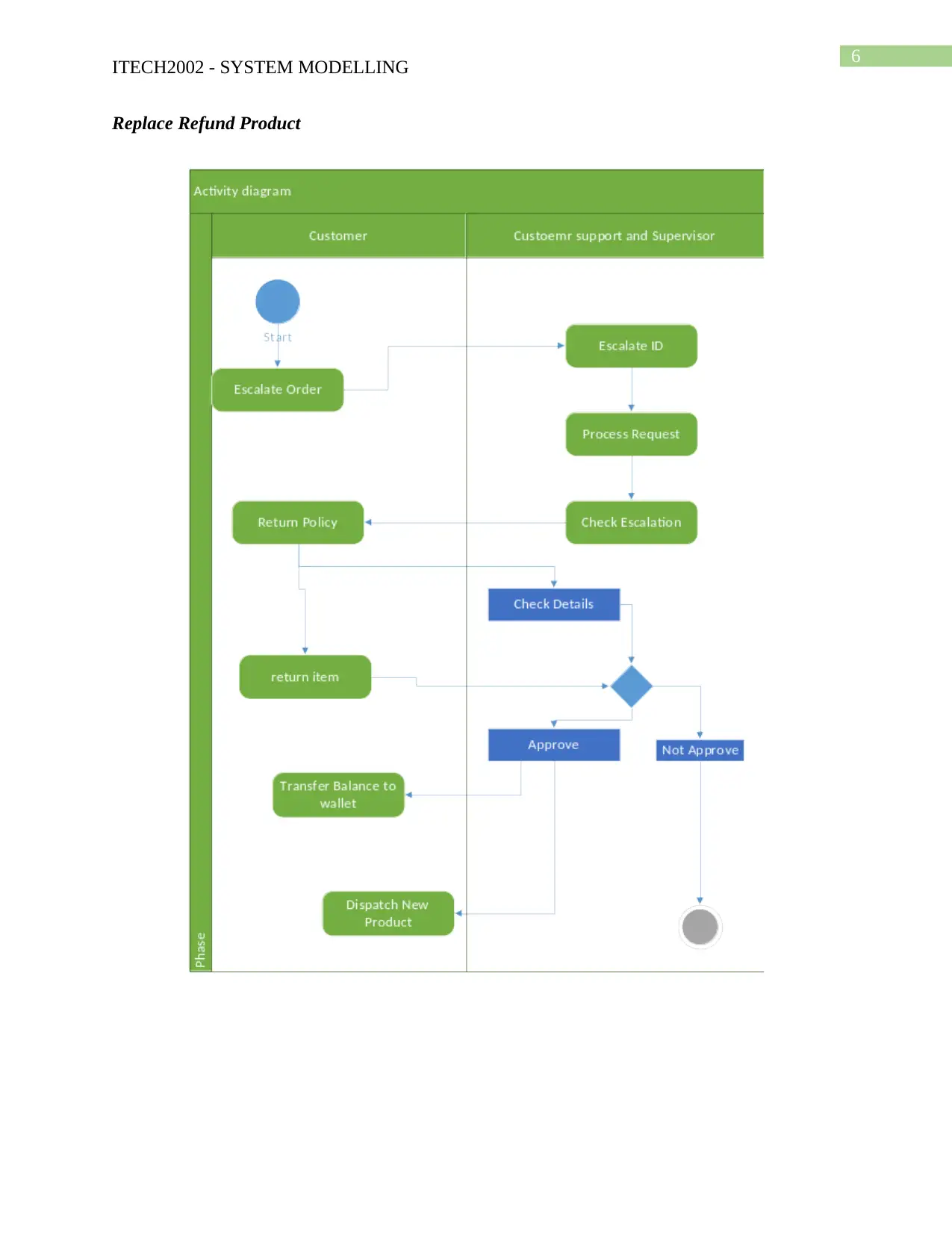
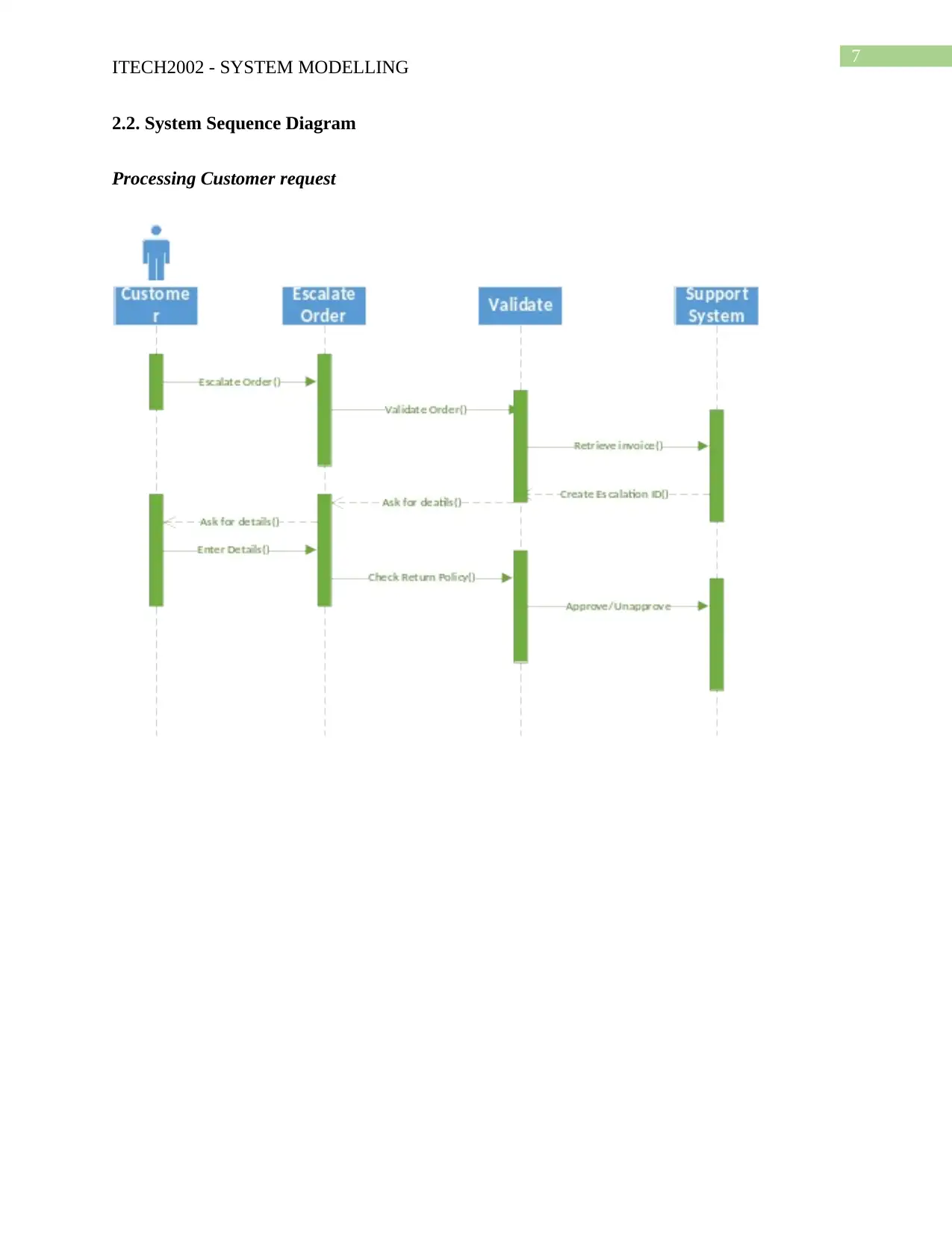
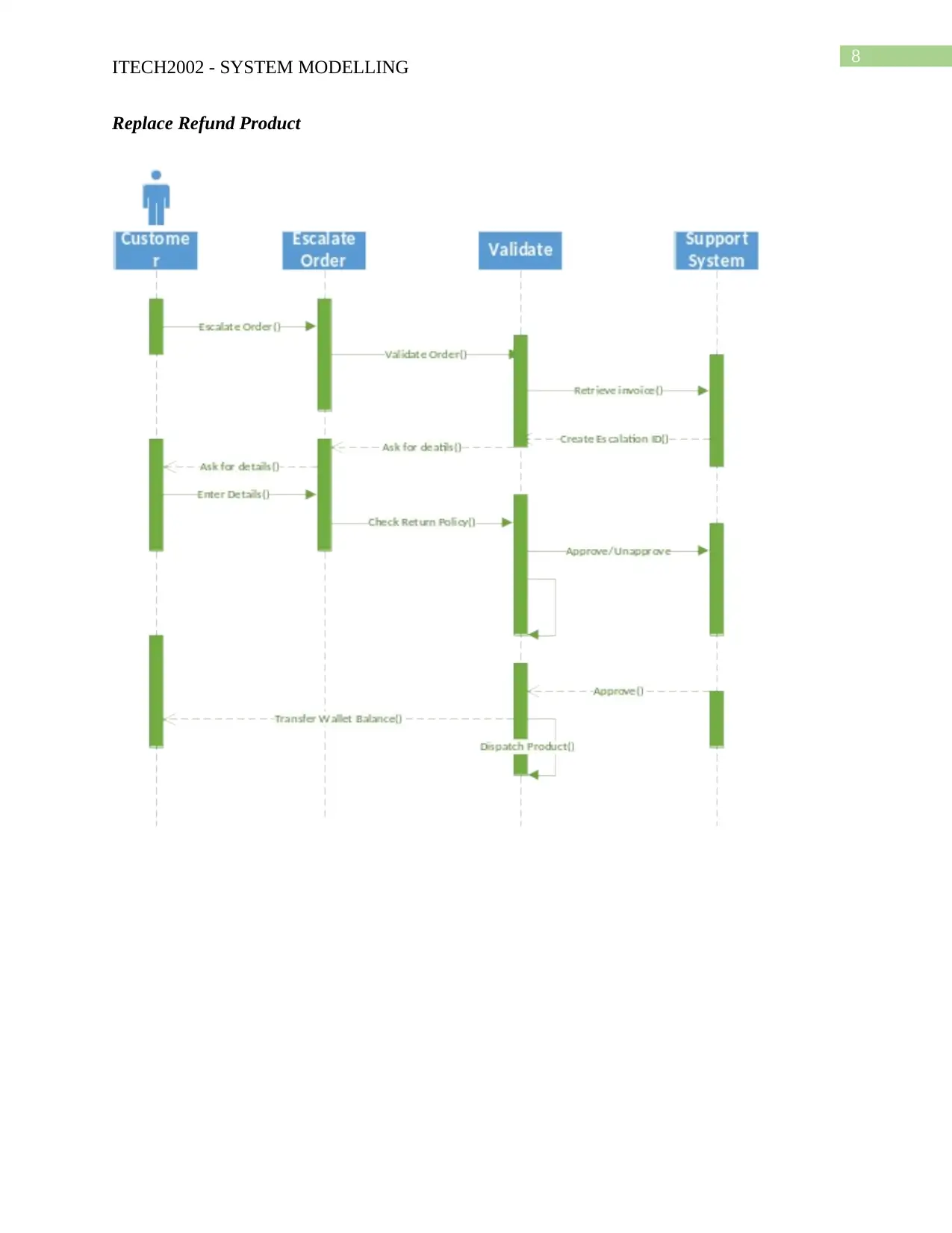
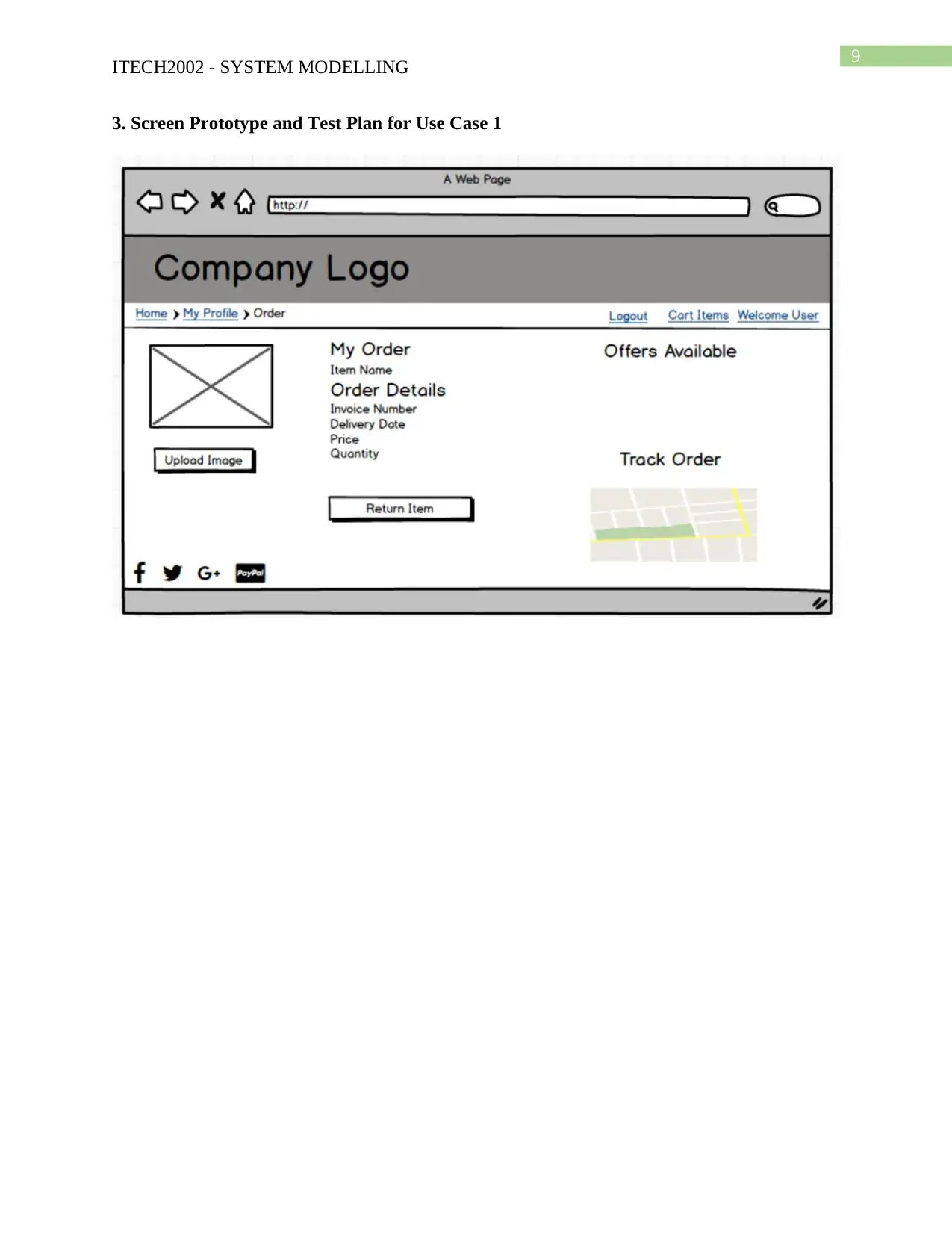
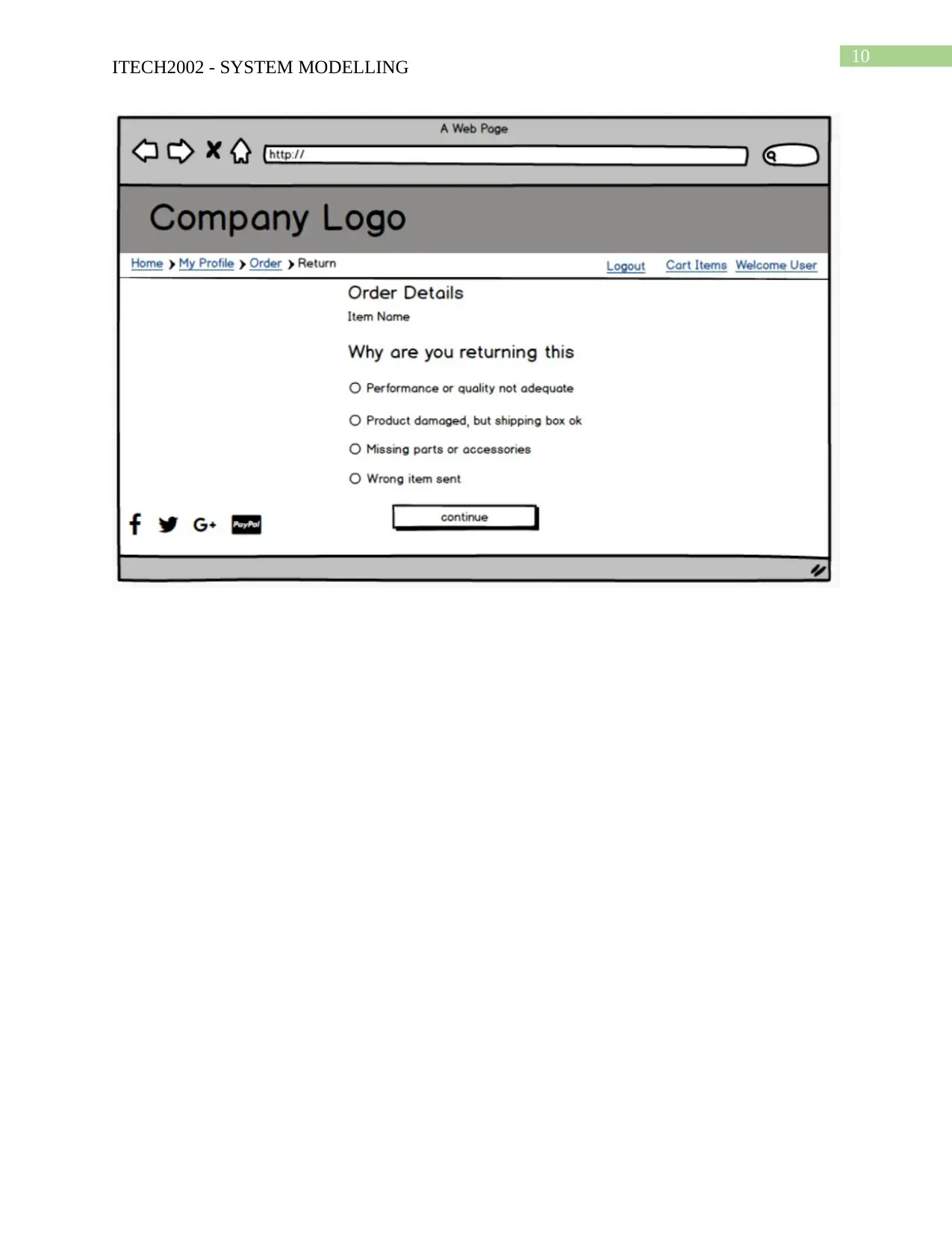
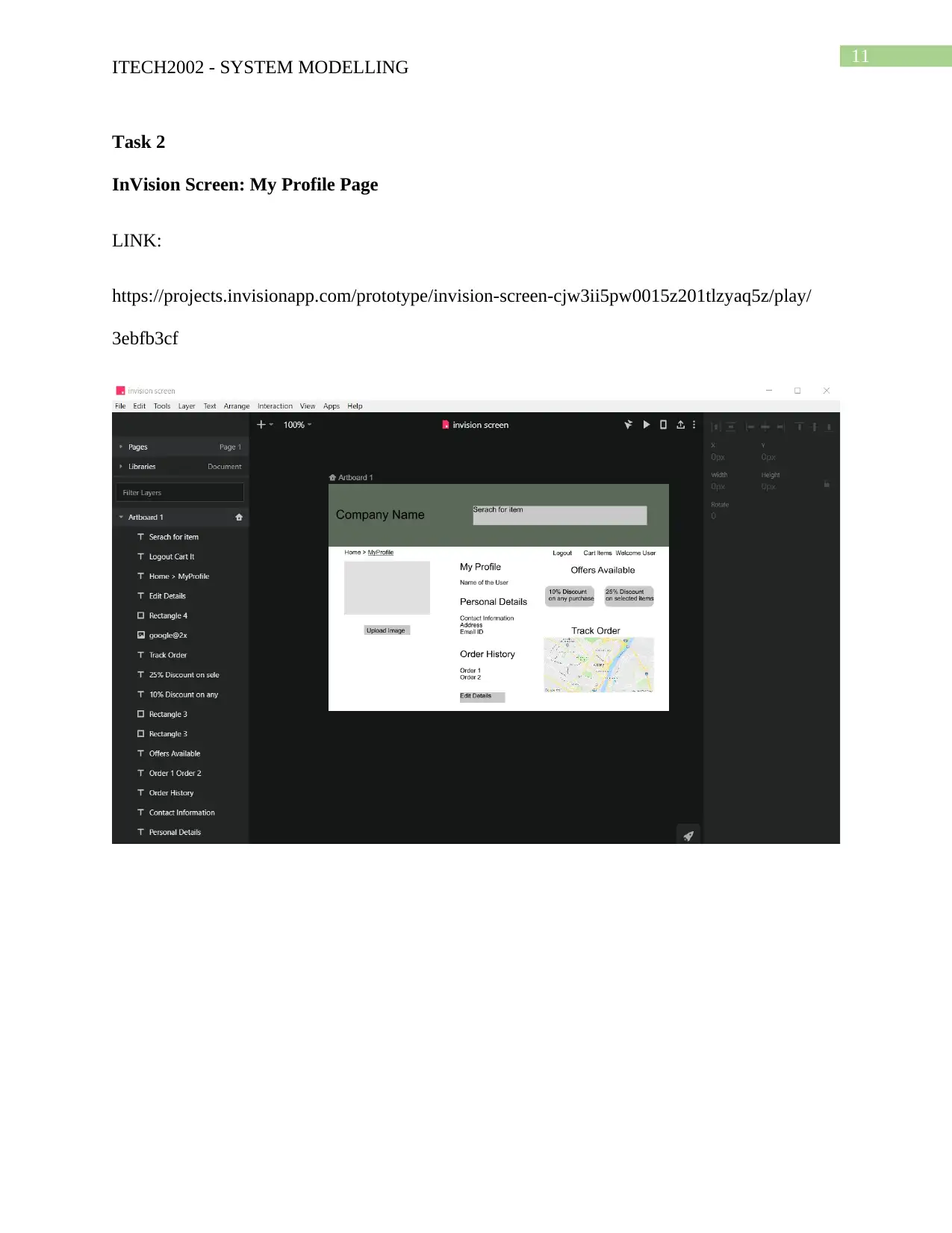
![[object Object]](/_next/static/media/star-bottom.7253800d.svg)